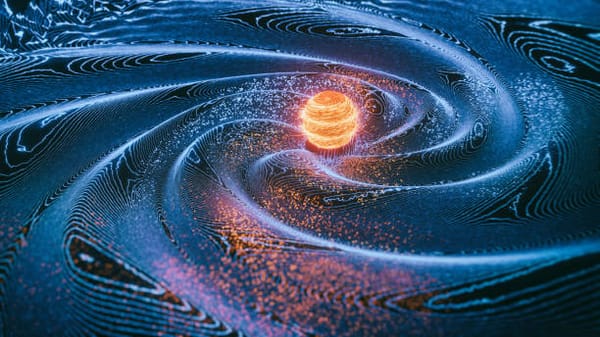NASA's Potential Secret: Things NASA is Hiding from the Public
NASA, the National Aeronautics and Space Administration, is one of the most well-known and respected scientific organizations in the world. Established in 1958, NASA has been at the forefront of space exploration, aeronautics research, and technological innovation for over six decades.
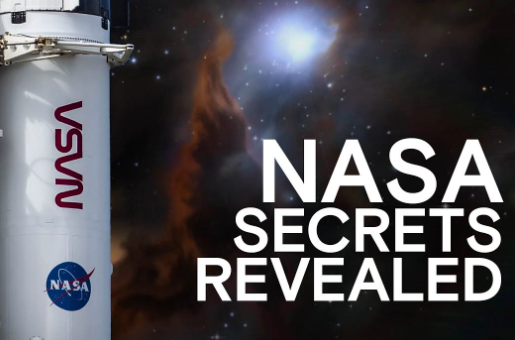
NASA, or the National Aeronautics and Space Administration, is an independent agency of the United States Federal Government responsible for the country's civilian space program and for aeronautics research. Since its founding in 1958, NASA has been at the forefront of space exploration and technological advancement. But over the years, there have been rumors and speculations about some of the agency's secrets. In this article, we will delve deeper into these claims and examine the evidence to see if there is any truth behind them.
The Search for Extraterrestrial Life
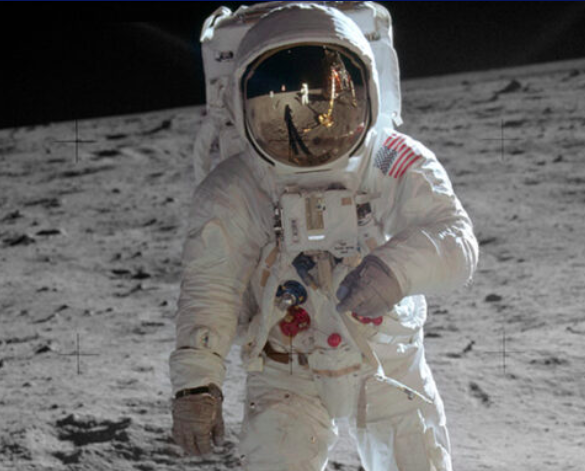
One of the most widely circulated conspiracy theories about NASA is that the agency is hiding evidence of extraterrestrial life. While NASA has discovered several planets that could potentially support life, they have not found conclusive evidence of any extraterrestrial beings. However, some believe that NASA is hiding evidence to prevent mass panic or because they have made a secret agreement with extraterrestrial beings.
The notion that NASA is hiding evidence of extraterrestrial life is based on several claims. One of the most famous of these claims is the Roswell incident, which occurred in 1947. According to the official report, a weather balloon crashed near Roswell, New Mexico, but some people believe that the incident involved a crashed extraterrestrial spacecraft. Some conspiracy theorists claim that the US government recovered an extraterrestrial spacecraft and its occupants and that NASA has been studying this technology ever since.
Another claim is that NASA has discovered evidence of extraterrestrial life on Mars. In 1976, NASA's Viking 1 spacecraft landed on Mars and conducted experiments to detect signs of life. While the experiments yielded inconclusive results, some people believe that NASA discovered evidence of life on Mars but covered it up to prevent panic or to protect national security interests.
Despite these claims, there is no concrete evidence to support the notion that NASA is hiding evidence of extraterrestrial life. The agency has consistently emphasized its commitment to transparency and sharing its discoveries with the public. In fact, NASA has been involved in several initiatives to search for extraterrestrial life, such as the Kepler mission, which searched for planets that could potentially support life.
The Search for Ancient Ruins and Artifacts
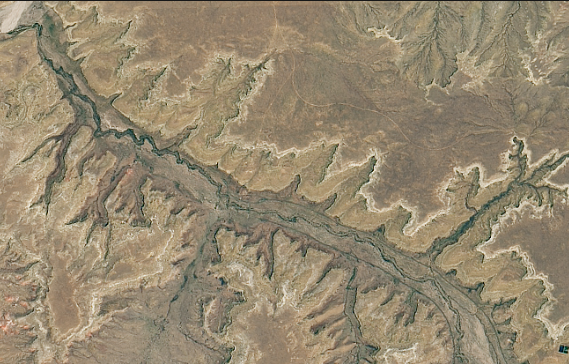
Another theory suggests that NASA has discovered ancient ruins or artifacts on the Moon or Mars, but they are keeping it a secret. Some have even claimed that NASA has airbrushed or edited photos to hide evidence of these findings. However, there is no concrete evidence to support these claims, and NASA has consistently denied any such cover-up.
One of the most famous of these claims is the alleged discovery of a face on Mars. In 1976, NASA's Viking 1 spacecraft took a photo of a rock formation on Mars that some people believed resembled a human face. While the photo generated a great deal of excitement and speculation, subsequent images showed that the "face" was simply a trick of light and shadows.
In recent years, some have claimed that NASA has discovered evidence of ancient ruins or artifacts on the Moon. According to these claims, NASA's Apollo missions discovered evidence of an ancient civilization on the Moon but covered it up to prevent panic or to protect national security interests.
Despite these claims, there is no concrete evidence to support the notion that NASA has discovered ancient ruins or artifacts on the Moon or Mars. The photos and images that NASA has released are consistent with what we would expect to see on a barren and inhospitable planet or moon. Moreover, the agency has consistently emphasized its commitment to transparency and sharing its discoveries with the public.
Advanced Technologies
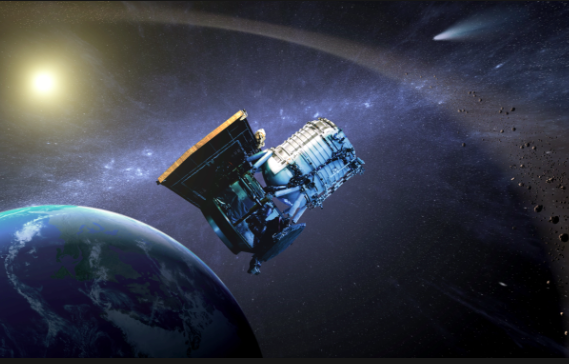
Additionally, some people believe that NASA has developed advanced technologies, such as antigravity propulsion or faster-than-light travel, but they are keeping it a secret to maintain their technological advantage. However, NASA has consistently emphasized its commitment to transparency and sharing its discoveries with the public, and there is no evidence to suggest that they are withholding any significant technological advancements.
While NASA has certainly made significant technological advancements over the years, it is important to keep in mind that many of these advancements were the result of collaborative efforts with other organizations and institutions. For example, NASA's Space Shuttle program was developed in conjunction with several private contractors, such as Boeing and Lockheed Martin. The International Space Station (ISS) was developed in collaboration with several other countries, including Russia, Japan, and Canada.
Moreover, many of NASA's technological advancements have been widely publicized and celebrated. For example, NASA's Mars rovers, such as Curiosity and Perseverance, have received widespread attention for their ability to explore the Red Planet and conduct scientific experiments. Similarly, NASA's Hubble Space Telescope has produced some of the most stunning images of our universe, which have been widely shared and celebrated.
NASA's Budget and Political Influence
Another area where there have been claims of secrecy and conspiracy is NASA's budget and political influence. Some people believe that NASA has an outsized influence on government policy and that the agency's budget is far larger than what is publicly reported.
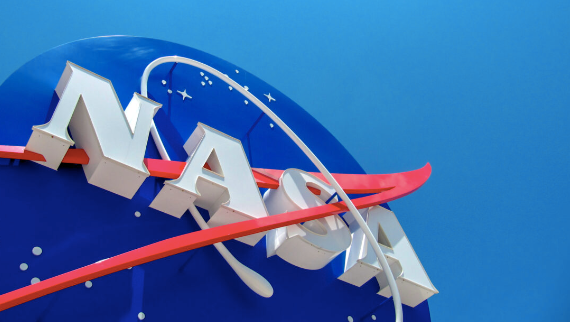
However, the reality is that NASA's budget has remained relatively consistent over the years, accounting for less than 1% of the federal budget. Moreover, NASA's budget is subject to public scrutiny and oversight, with detailed reports and audits available to the public.
While NASA does have a significant role in shaping government policy related to space exploration and aeronautics, its influence is largely limited to these areas. NASA does not have a significant role in shaping broader government policy or influencing elections, despite what some conspiracy theorists may claim.
In fact, NASA's influence on government policy has been somewhat limited in recent years, as the agency has faced budget cuts and a shifting political landscape. For example, the cancellation of the Constellation program in 2010, which aimed to send humans back to the Moon and beyond, was a significant blow to NASA's efforts to explore the solar system.
While there have been many claims and rumors about NASA's secrets over the years, there is little evidence to support most of these claims. NASA has consistently emphasized its commitment to transparency and sharing its discoveries with the public, and there is no evidence to suggest that the agency is withholding any significant technological advancements or evidence of extraterrestrial life.
Technological advancements
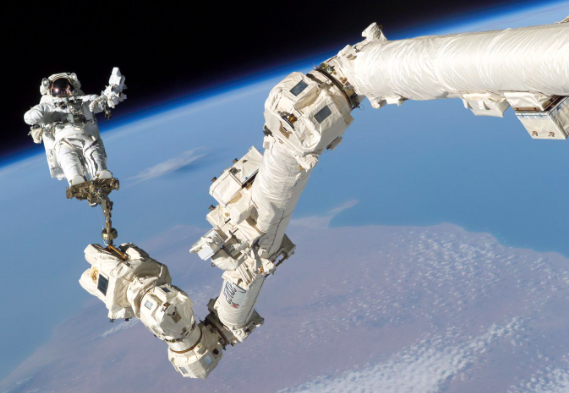
While NASA has certainly made significant technological advancements and has played a significant role in shaping government policy related to space exploration and aeronautics, its influence is largely limited to these areas. NASA does not have a significant role in shaping broader government policy or influencing elections, despite what some conspiracy theorists may claim.
Ultimately, NASA's mission is to explore space and advance our understanding of the universe, and the agency has made significant strides toward achieving this goal over the years. As we continue to explore the cosmos, it is important to maintain a healthy skepticism and demand evidence to support claims of secrecy and conspiracy.



